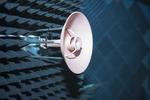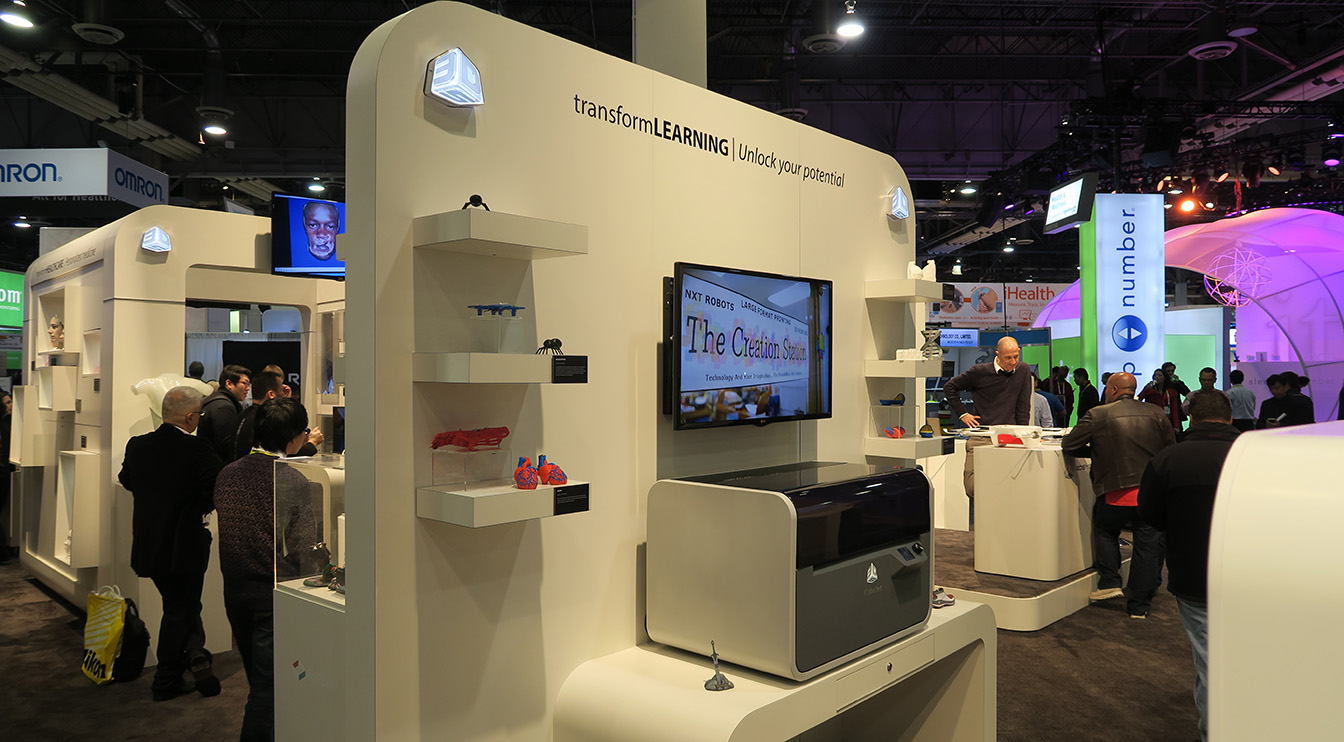
The European Space Agency and SWISSto12 have developed a prototype dual reflector antenna that was 3D printed in a single piece.

Historically, the only way to get anything into orbit has been by rocket; a process that is massively expensive, cumbersome, and presents a slew of constraints.

Graphene is 1 million times thinner than a human hair, 300 times stronger than steel, and notoriously difficult to manipulate into 3D shapes, until now.

While there are several large-scale construction 3D printers being developed, none of them could really be called elegant or graceful. Mostly these huge machines print utilitarian shapes out in concrete materials that need to be smoothed and considerably altered.
Boeing has patented technology to 3D print objects while levitating in space. Boeing plans to 3D print aircraft parts using this technology.

Scientists have developed an innovative 3D bioprinter capable of generating replacement tissue that's strong enough to withstand transplantation. To show its power, the scientists printed a jaw bone, muscle, and cartilage structures, as well as a stunningly accurate human ear.

This is seriously cool. American aerospace company Orbital ATK has tested a 3D-printed hypersonic engine combustor, one that could supposedly be used in a high-speed plane known as a scramjet.

This delicate, glowing flower could one day save your life. It’s the latest example of “4D printing” – 3D printed objects that change their shape over time – and it can move in a way that mimics natural processes. Similar materials could find a use in creating replacement organs in our bodies.

New touchscreen technology that has the potential to improve display transparency and sensitivity has been developed by researchers in Switzerland , thanks to a specialised microscopic 3D printing technique.

3D printing was bigger than ever at CES this year, including a slew of new models from low to high end. Better yet, there were a lot more practical solutions showcased, and there is an emerging ecosystem to support organizations that need 3D printing capability.

Skriware is a Polish 3D printer created by a team of designers and engineers who want to improve the way we 3D print.

Scientists say 3D-printed structures loaded with embryonic stem cells could one day help doctors print out micro-organs for transplant patients.

A miniature 3D-printed network of microchannels designed to link up an artery to a tissue implant to ensure blood flow of oxygen and nutrients.
Forwards Collection: http://www.funtheory.net/forwardscollection.htm Like us on Facebook: http://www.facebook.com/FunTheory Follow us on Twitter: http://twitter.com/#!/FunTheorydotNet 3D printing is a form of additive manufacturing technology where a three dimensional object is created by laying down successive layers of material. 3D printers are generally faster, more affordable and easier to use than other additive manufacturing technologies. 3D printers offer product developers the ability to print parts and assemblies made of several materials with different mechanical and physical properties in a single build process. Advanced 3D printing technologies yield models that can serve as product prototypes. There has been large growth in the sale of 3D printers. Additionally, the cost of 3D printers has declined. The technology also finds use in the jewelry, footwear, industrial design, architecture, engineering and construction (AEC), automotive, aerospace, dental and medical industries, education, GIS, civil engineers, etc.

MIT is pushing the boundaries of the 3D printing technology (3DP) it helped pioneer nearly two decades ago. 3DP printers build 3D solid objects by